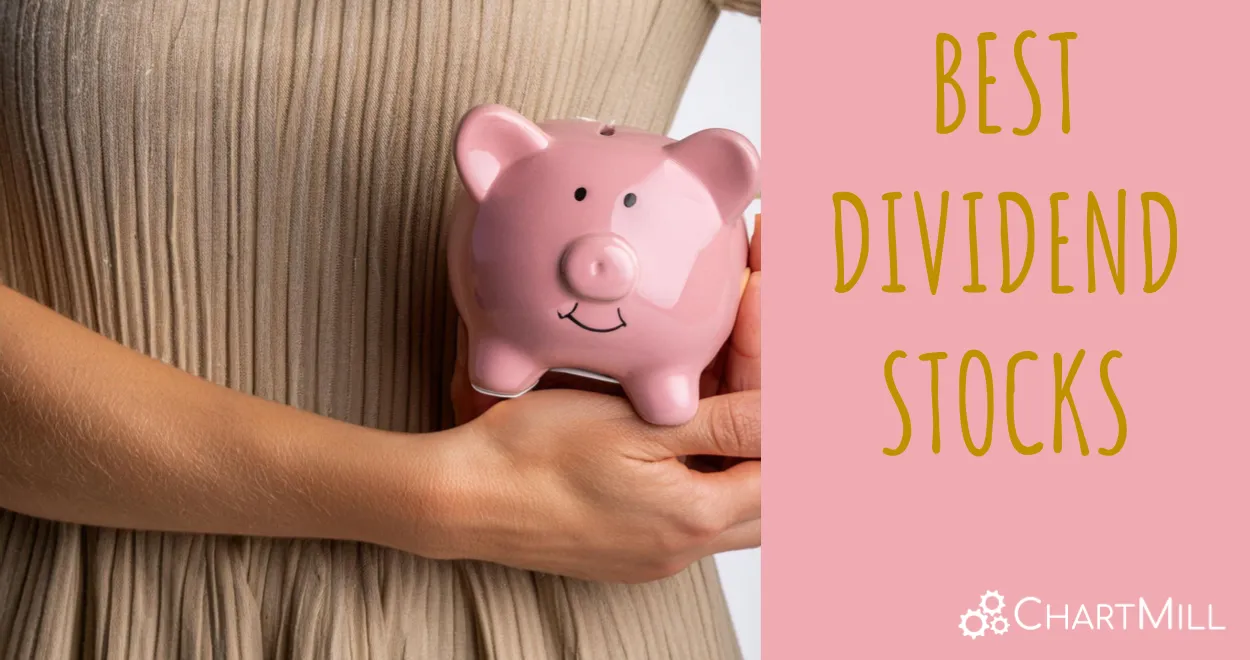Is NYSE:AOS a Good Fit for Dividend Investing?
By Mill Chart
Last update: Nov 1, 2024
Our stock screener has singled out SMITH (A.O.) CORP (NYSE:AOS) as a promising choice for dividend investors. NYSE:AOS not only scores well in profitability, solvency, and liquidity but also offers a decent dividend. We'll explore this further.

Deciphering NYSE:AOS's Dividend Rating
ChartMill assigns a proprietary Dividend Rating to each stock. The score is computed by evaluating various valuation aspects, like the yield, the history, the dividend growth and sustainability. NYSE:AOS was assigned a score of 7 for dividend:
- AOS's Dividend Yield is rather good when compared to the industry average which is at 0.97. AOS pays more dividend than 97.44% of the companies in the same industry.
- The dividend of AOS is nicely growing with an annual growth rate of 9.92%!
- AOS has paid a dividend for at least 10 years, which is a reliable track record.
- AOS has not decreased its dividend for at least 10 years, so it has a reliable track record of non decreasing dividend.
- 33.62% of the earnings are spent on dividend by AOS. This is a low number and sustainable payout ratio.
Looking at the Health
ChartMill utilizes a Health Rating to assess stocks, scoring them on a scale of 0 to 10. This rating takes into account a variety of liquidity and solvency ratios, both in absolute terms and in comparison to industry peers. NYSE:AOS has earned a 9 out of 10:
- AOS has an Altman-Z score of 8.17. This indicates that AOS is financially healthy and has little risk of bankruptcy at the moment.
- The Altman-Z score of AOS (8.17) is better than 89.74% of its industry peers.
- The Debt to FCF ratio of AOS is 0.25, which is an excellent value as it means it would take AOS, only 0.25 years of fcf income to pay off all of its debts.
- AOS has a better Debt to FCF ratio (0.25) than 89.74% of its industry peers.
- A Debt/Equity ratio of 0.06 indicates that AOS is not too dependend on debt financing.
- Looking at the Debt to Equity ratio, with a value of 0.06, AOS belongs to the top of the industry, outperforming 82.05% of the companies in the same industry.
- AOS does not score too well on the current and quick ratio evaluation. However, as it has excellent solvency and profitability, these ratios do not necessarly indicate liquidity issues and need to be evaluated against the specifics of the business.
Profitability Analysis for NYSE:AOS
ChartMill assigns a Profitability Rating to every stock. This score ranges from 0 to 10 and evaluates the different profitability ratios and margins, both absolutely, but also relative to the industry peers. NYSE:AOS scores a 8 out of 10:
- AOS's Return On Assets of 17.79% is amongst the best of the industry. AOS outperforms 89.74% of its industry peers.
- With a decent Return On Equity value of 29.28%, AOS is doing good in the industry, outperforming 79.49% of the companies in the same industry.
- AOS has a Return On Invested Capital of 24.35%. This is amongst the best in the industry. AOS outperforms 94.87% of its industry peers.
- AOS had an Average Return On Invested Capital over the past 3 years of 17.74%. This is above the industry average of 13.98%.
- The 3 year average ROIC (17.74%) for AOS is below the current ROIC(24.35%), indicating increased profibility in the last year.
- With a decent Profit Margin value of 14.41%, AOS is doing good in the industry, outperforming 76.92% of the companies in the same industry.
- AOS has a Operating Margin of 19.04%. This is in the better half of the industry: AOS outperforms 71.79% of its industry peers.
- AOS's Operating Margin has improved in the last couple of years.
- AOS has a Gross Margin of 38.21%. This is in the better half of the industry: AOS outperforms 66.67% of its industry peers.
Our Best Dividend screener lists more Best Dividend stocks and is updated daily.
Check the latest full fundamental report of AOS for a complete fundamental analysis.
Disclaimer
This article should in no way be interpreted as advice. The article is based on the observed metrics at the time of writing, but you should always make your own analysis and trade or invest at your own responsibility.